Deck & Commander Strategies
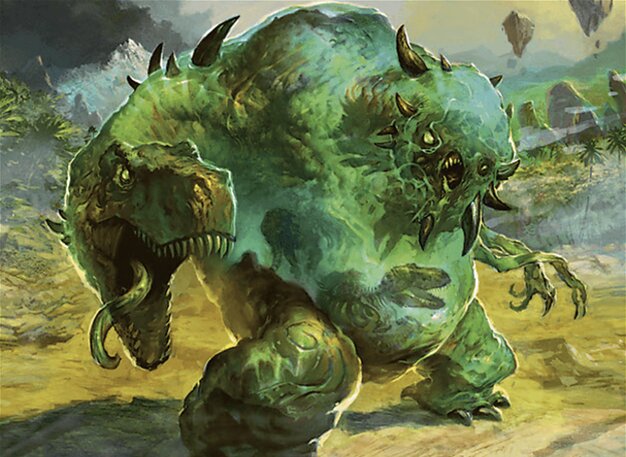
The Mimeoplasm
Utilizes graveyard-based cloning and stealing effects to copy powerful creatures and generate value, aiming to control the board through disruption and mirror copies.

Animar, Soul of Elements
Focuses on casting cheap creatures to accumulate +1/+1 counters on Animar, then using cloning and token generation to overwhelm opponents with large, evasion-enabled creatures.
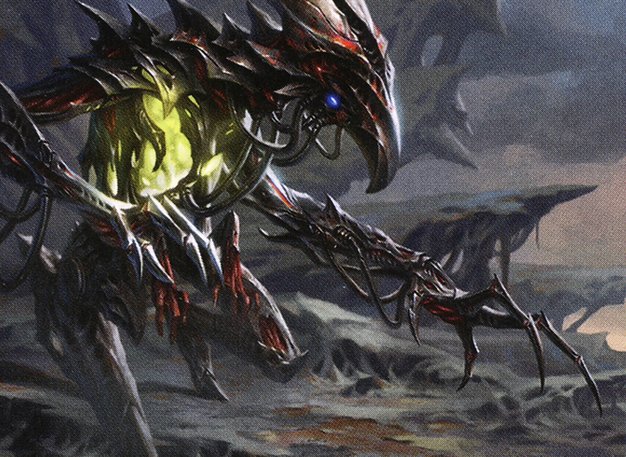
Brudiclad, Telchor Engineer
Leverages artifact and golem synergies along with cloning and control spells to create a versatile board presence, using equipment and token manipulation to gain incremental advantage.

Anafenza, Kin-Tree Spirit
Aggressively uses bolster and combat tricks to build up a strong ground force, enhancing creatures with counters and utilizing combat damage to whittle down opponents.
Gameplay Insights
- 1
Casting Blasphemous Act was a pivotal move that cleared the board and stymied aggressive momentum from all players, effectively resetting the game state.
- 2
The Mimeoplasm player’s use of cloning combined with equipment swaps created confusing board states that allowed for multiple attacks and control shifts.
- 3
Animar’s strategy of layering +1/+1 counters and repeatedly copying powerful creatures like Sublime Archangel and zombies from Scarab God synergized to create overwhelming combat phases.
- 4
Exodon’s ability to turn all non-token creatures face down disrupted opponents’ plans by removing key creatures from combat and triggering new strategic considerations.
- 5
Sacrificing creatures to avoid echo costs or unfavorable triggers was used effectively to maintain board presence and tempo.
- 6
Repeated use of graveyard recursion and exile effects, like Relic of Progenitus and Scarab God’s ability, highlighted the importance of graveyard interaction in this gameplay.
Notable Cards
-

Blasphemous Act
-
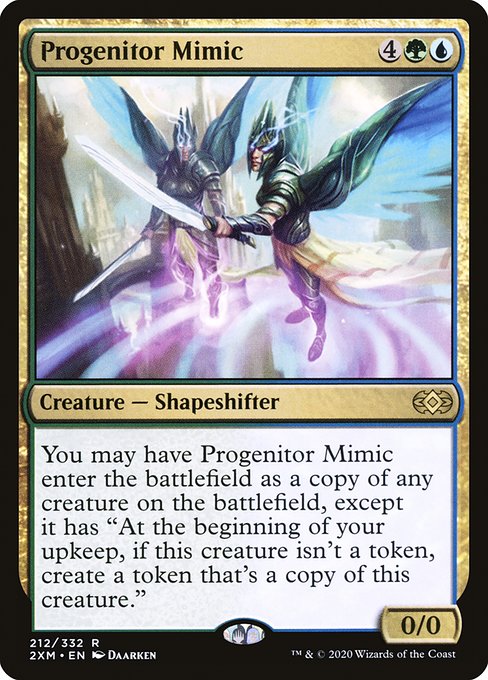
Progenitor Mimic
-
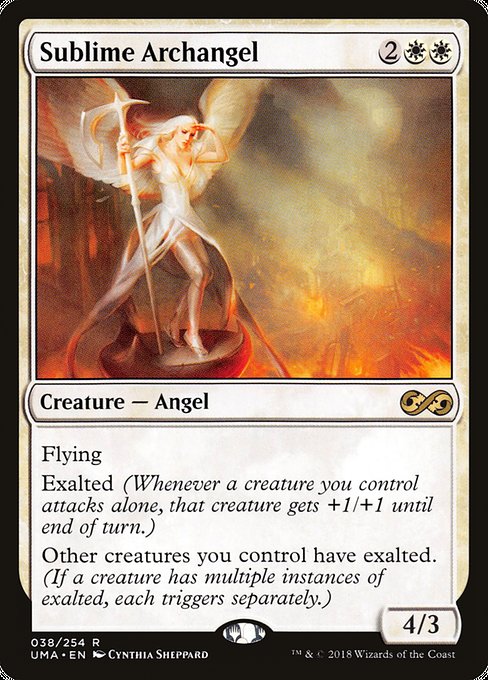
Sublime Archangel
-
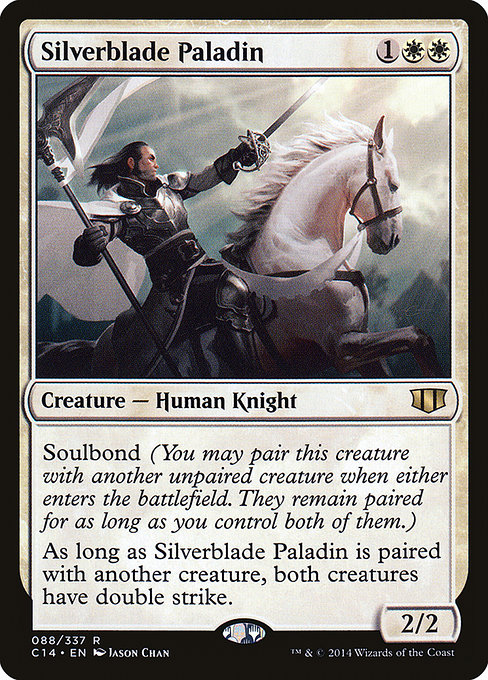
Silverblade Paladin
-

Solemn Simulacrum
Gameplay Summary
The game began with all players establishing their mana bases and early board presence, with Animar quickly growing through casting multiple creatures that added +1/+1 counters to it.
The Mimeoplasm player used clone effects and control-changing spells such as Dance of Many Faces and Shrew Negotiations to create complex board states and manipulate equipment attachments.
A major turning point occurred when The Mimeoplasm player cast Blasphemous Act, dealing 13 damage to all creatures and wiping the board, temporarily resetting the battlefield and slowing aggressive strategies.
Following this, Animar took advantage of multiple creature tokens and counters, utilizing creatures like Progenitor Mimic copying powerful zombies, and eventually casting Exodon to turn all non-token creatures face down, creating a disruptive board state.
Meanwhile, Brudiclad pushed artifact and golem synergies along with cloning and control effects, while Anafenza leveraged bolster and combat tricks to keep pressure on opponents.
The game featured intense combat phases with exalted triggers and a variety of clone and token interactions that continually shifted board control.
The Mimeoplasm player’s ability to copy and steal creatures combined with Animar’s growth-centric strategy created a dynamic and chaotic game flow, culminating in several large combat swings and board resets.





















![Commander VS S5E1: Liliana vs Tasigur vs Kangee vs The Mimeoplasm [MTG Multiplayer] thumbnail](https://i.ytimg.com/vi/u35l-cgkQEY/sddefault.jpg)
![Commander Versus Series: Mimeoplasm v. Melek v. Maelstrom Wanderer v. Prossh [MTG Multiplayer] thumbnail](https://i.ytimg.com/vi/H3JROxdcaPo/sddefault.jpg)

![Commander VS S1E2: Keranos v. Marchesa v. Animar v. Ruric Thar [MTG Multiplayer] thumbnail](https://i.ytimg.com/vi/zQYgG45Yzuk/sddefault.jpg)





![Commander VS S14E4: Hallar VS Kambal VS Brudiclad VS Ob Nixilis [EDH] thumbnail](https://i.ytimg.com/vi/jRld6Avk_R0/sddefault.jpg)




![Commander Versus Series: 2HG Sidisi & Anafenza v. Dragonlord Silumgar & Atarka [MTG Multiplayer] thumbnail](https://i.ytimg.com/vi/Pp4UOi-Ayao/sddefault.jpg)